Manually checking the quality of components or products in industry is labor-intensive for employees and error-prone on top of that. The Fraunhofer Institute for Mechatronic Systems Design IEM is unveiling a solution that provides total versatility in this area. In an it's OWL supported collaboration with ATM producer Diebold Nixdorf and software specialist verlinked, Fraunhofer IEM has created a combination of collaborative robot (cobot), AI-based image analysis and IoT platform. The system frees employees from having to perform visual inspections and can be incorporated into all kinds of testing scenarios. The Fraunhofer researchers will be presenting a demonstrator at the Hannover Messe Preview on February 21, 2024.


Collaborative robots (cobots) are considered a key technology in industry. Generally equipped with AI and sensor technology, these robots work alongside people in production facilities, unlocking flexible and intelligent automation concepts. In today’s world of batch size 1, fragile supply chains, and new and ever-changing regulations, this is a crucial advantage over competitors. Fraunhofer IEM will be presenting an ultra-versatile cobot solution at Hannover Messe 2024. In partnership with Diebold Nixdorf and verlinked, the Fraunhofer researchers have developed a testing robot in the “it’s OWL” project called CogeP (Cobot-supported test stations for Intelligent Technical Systems). Employees use the robot to check the quality of ATM control panels quickly and without any errors — plus, it’s a snap to retool it for an ever-changing range of testing tasks.
AI-supported quality checks
To check the control panels, the sensor-supported robot arm moves a camera over the components, workpieces or products to be analyzed from various angles. The AI-supported image analysis feature analyzes the quality, and then the robot moves the camera to the next product. If the analysis software finds any defects — a screw sticking out or a wobbly plug connection, for example — the system notifies the employees responsible, who can then zero in on the issue and correct it right away. This boosts productivity in production activities, but that isn’t all. The employees also benefit from the cobot solution. Dr.-Ing. Eugen Djakow, group manager for Automation Technology and Robotics at Fraunhofer IEM, comments: “Manual visual inspections in production are a monotonous, labor-intensive task for employees, and they’re error-prone on top of that. The testing robot handles these kinds of tasks quickly and reliably. And that makes people’s work in production more interesting and less monotonous, too.”
IoT platform unlocks range of testing scenarios
One highlight of the solution is the way it combines the testing robot with an IoT platform. It functions as a real-time data center, assigning testing tasks, storing the results and collecting the corresponding data across different robots and assignments. This means testing processes can be further optimized. The data collected can also be used to adjust the testing for a new product version, without having to put a lot of time and effort into programming. New product versions only require minor tweaks to the testing procedure. “Cobot-supported test stations can collect all of the testing and operational data in the central IoT platform and access the information in real time. That means companies can reconfigure their testing routines to accommodate new requirements, without costly modifications or investments. In this way, the system offers total versatility as a tool for all kinds of testing scenarios,” Djakow adds.
Benefits for SMEs: flexibility in incorporating cobot workstations into production
The cobot solution being presented can be used not only for testing processes but also for assembly, picking and packing, and general plant support. Fraunhofer IEM also harnesses its years of experience in industrial process technology and expertise in areas such as machine learning for automated pattern analysis to support SMEs in incorporating cobot workstations into existing production processes, all at low cost and without major investments in time and effort. This allows small and medium-sized enterprises, just like their larger counterparts, to modify their production operations on short notice or adapt to small unit volumes, right down to single items.
The collaboration between Fraunhofer IEM, Diebold Nixdorf and Verlinked was funded in the project "Cobot-supported test stations for intelligent technical systems" (CogeP) of the it's OWL technology network. The Fraunhofer team will be demonstrating cobot-supported control panel testing for Diebold Nixdorf at the Hannover Messe Preview on February 21, 2024 (Hall 2, Booth 24).
Catch Fraunhofer https://www.fraunhofer.de/en.html at Hannover Messe 2024 https://www.hannovermesse.de/en/







.png)
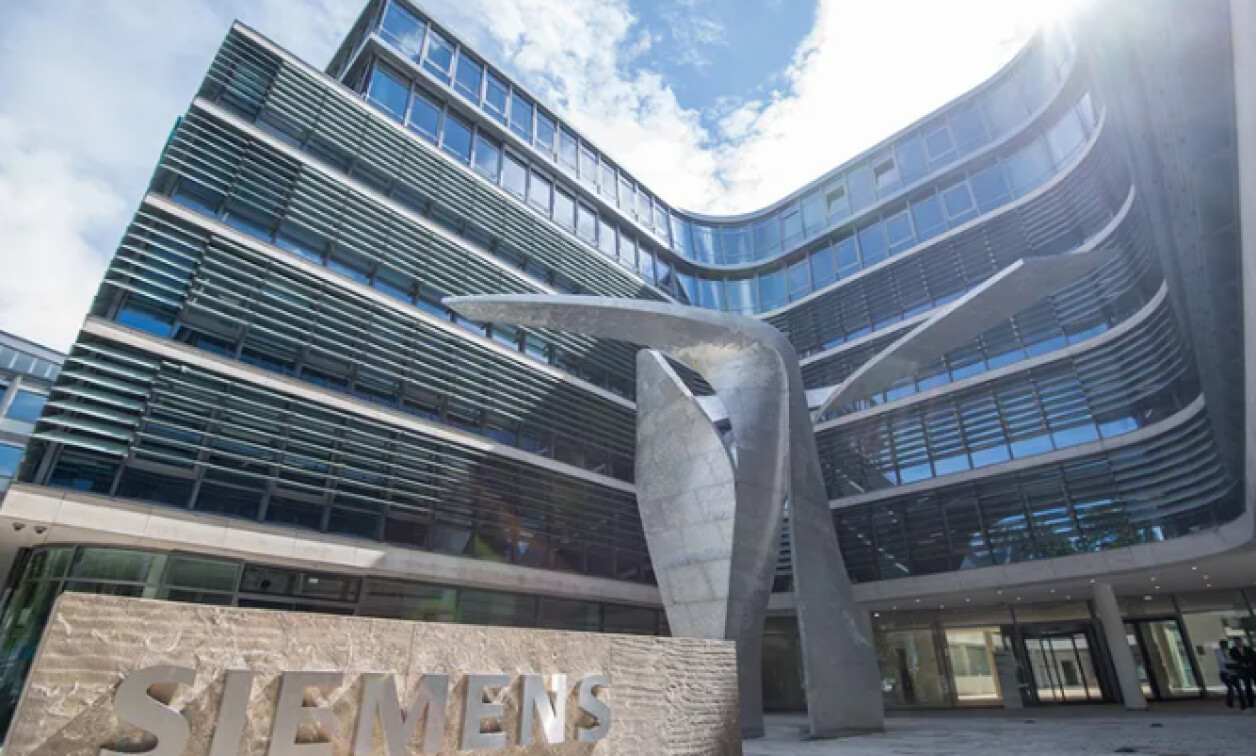


.jpg)
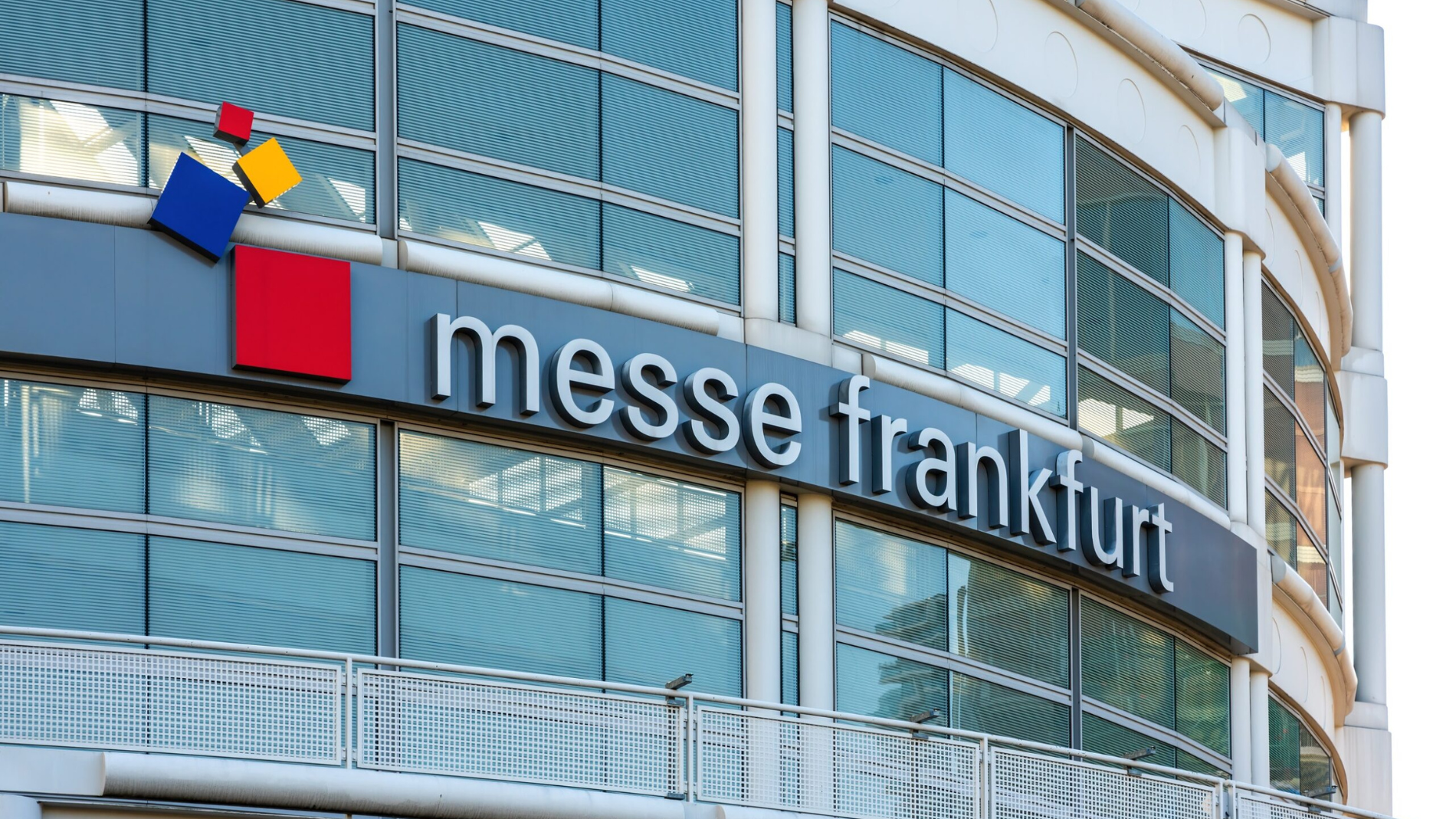
.webp)
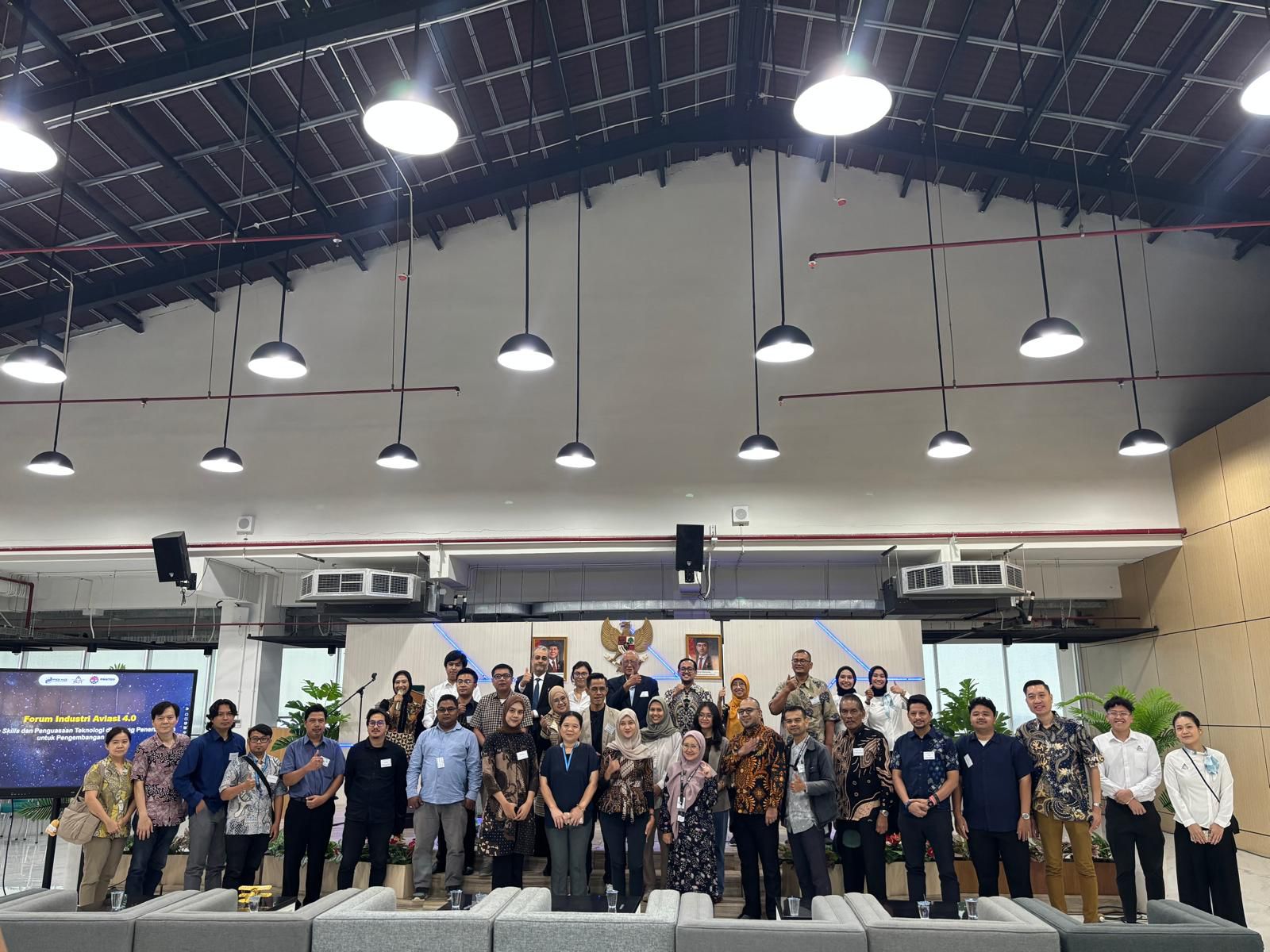





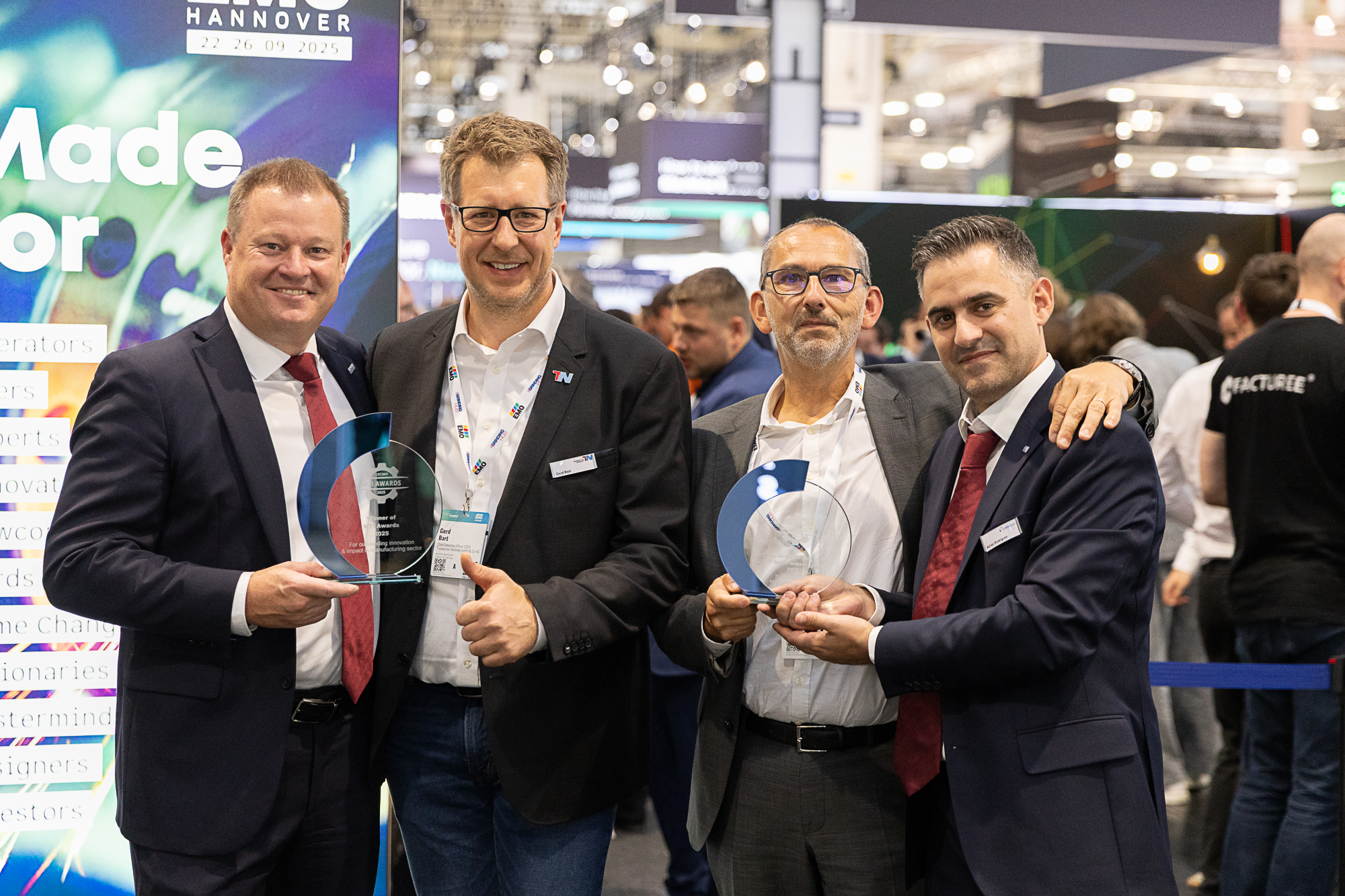



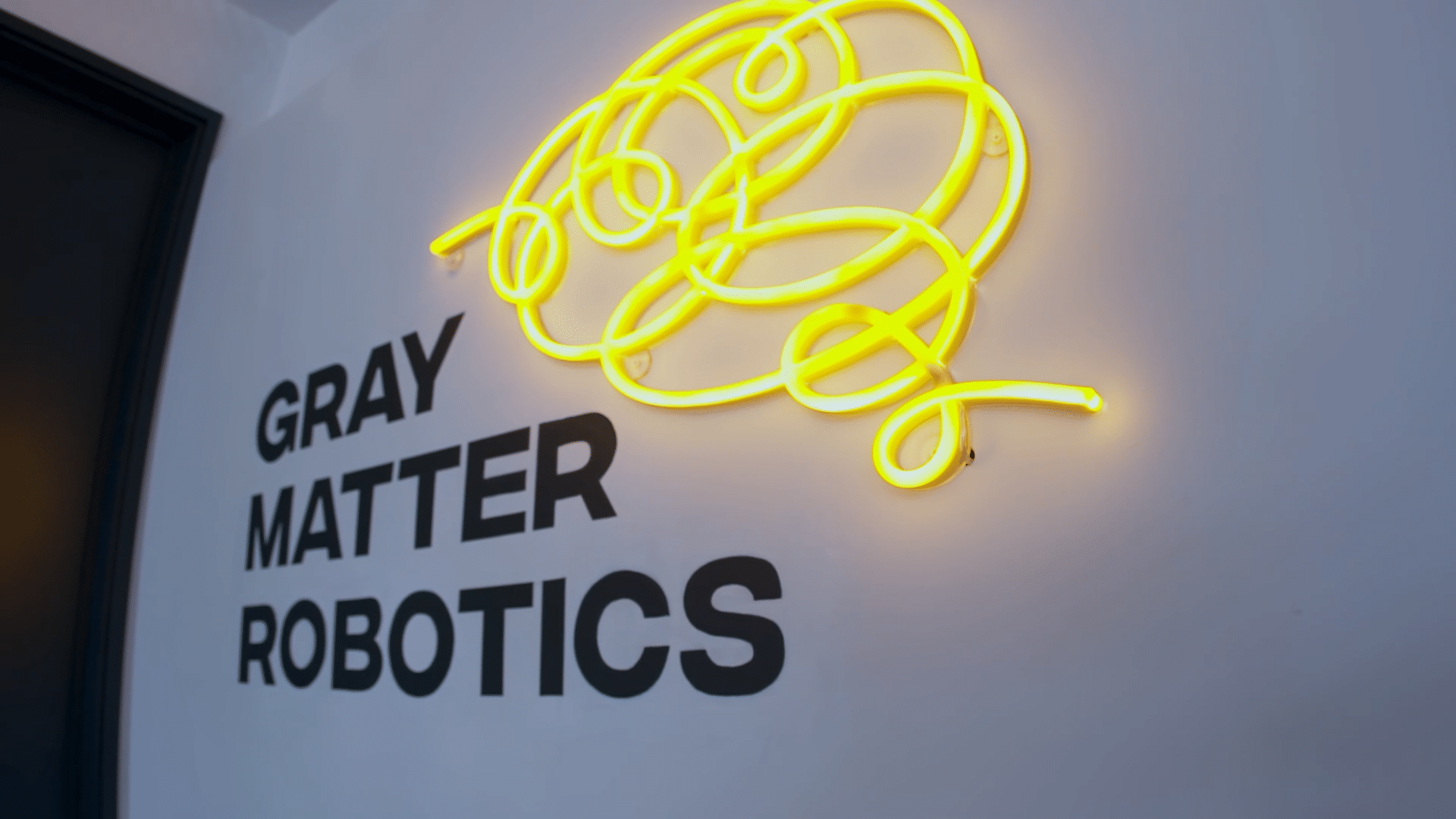


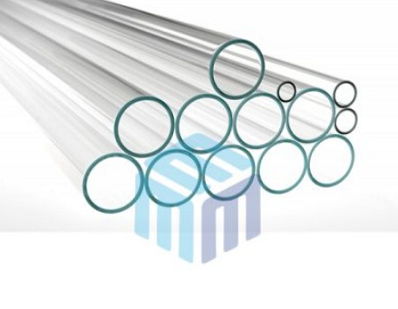

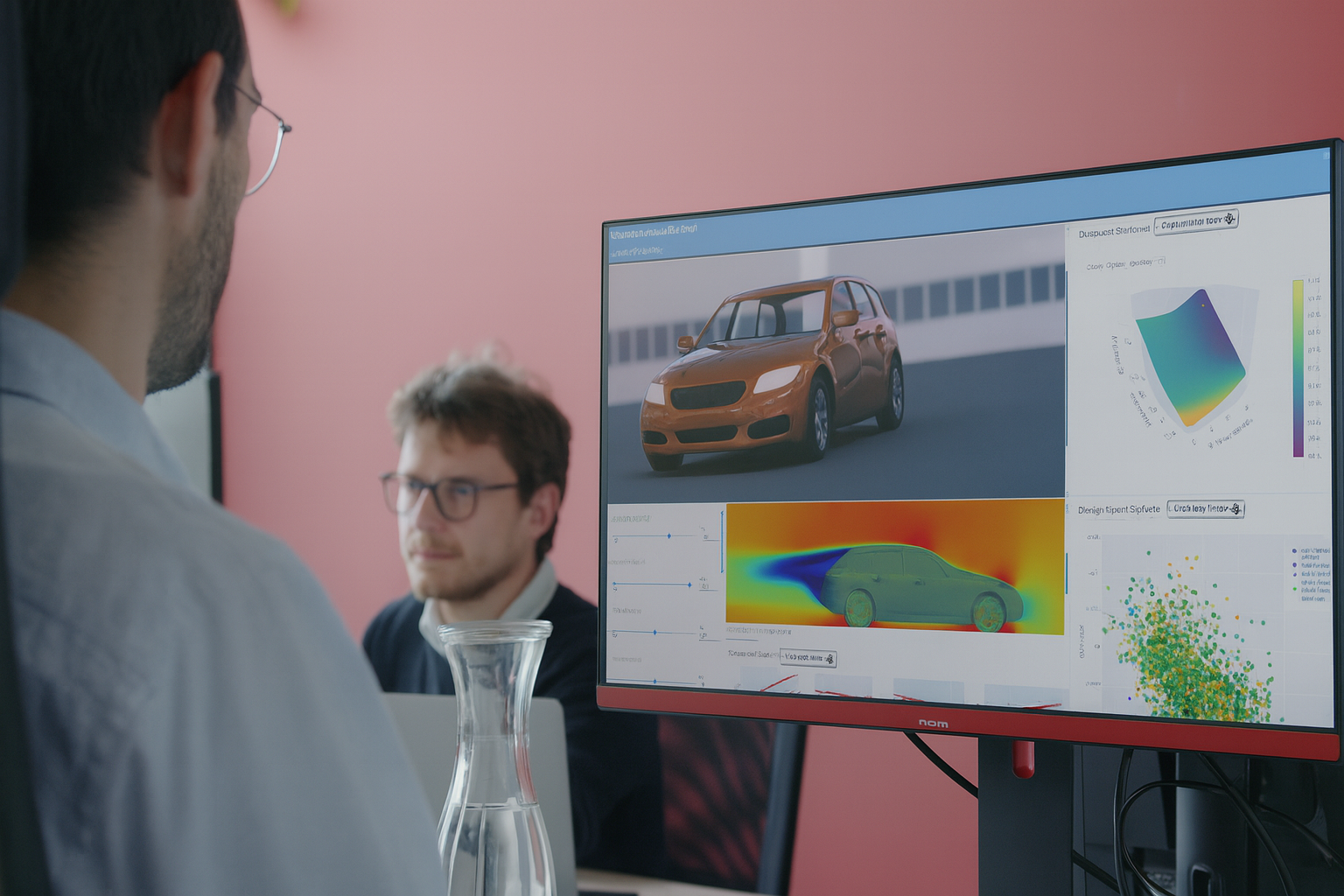
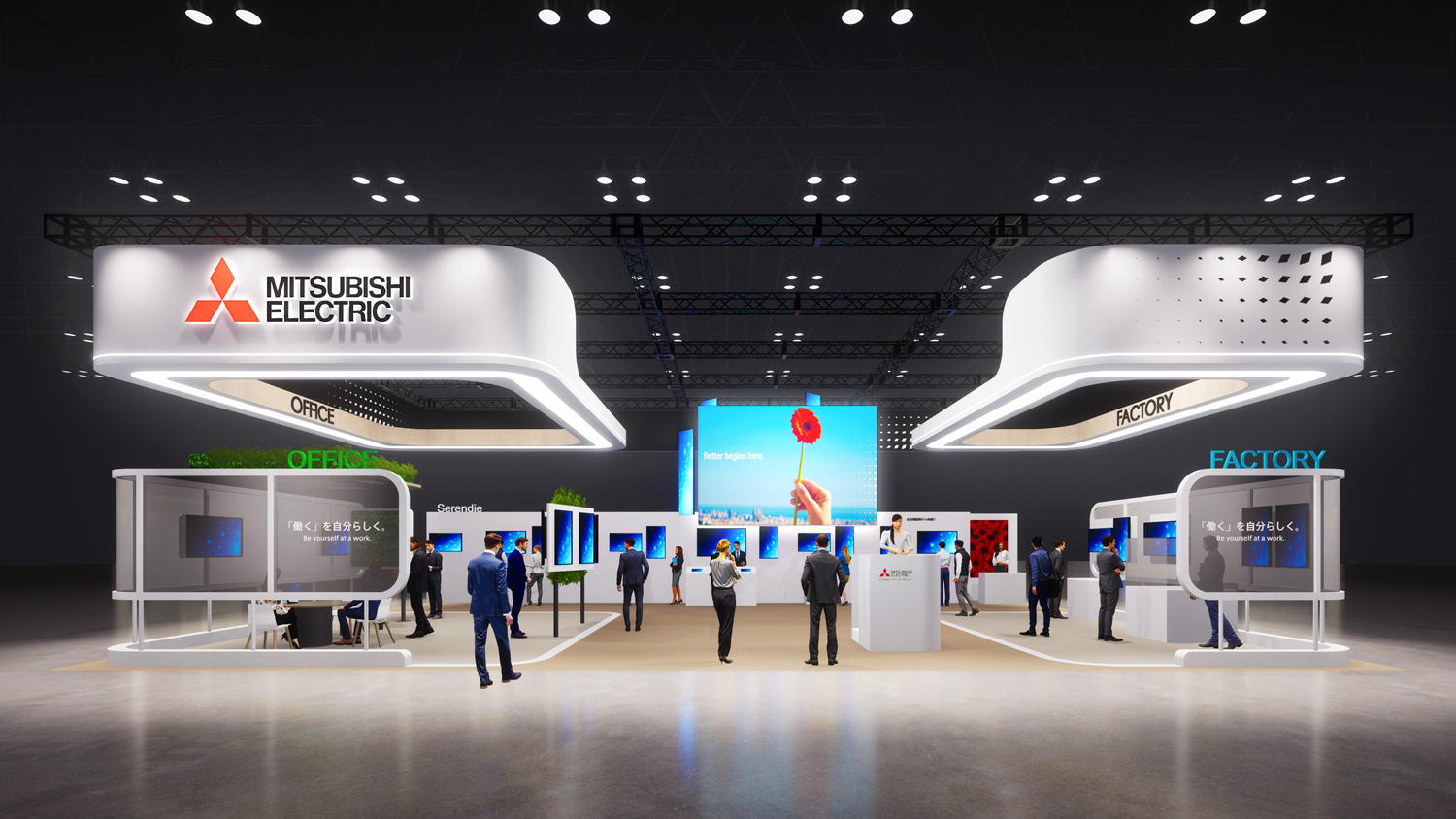
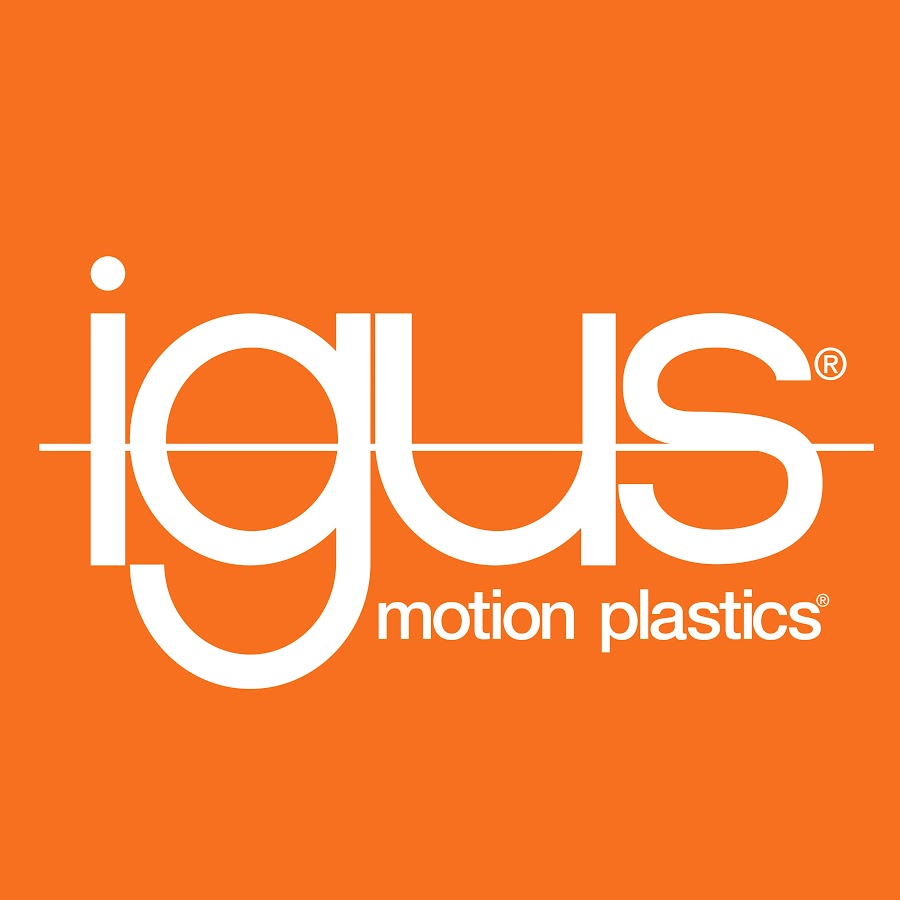
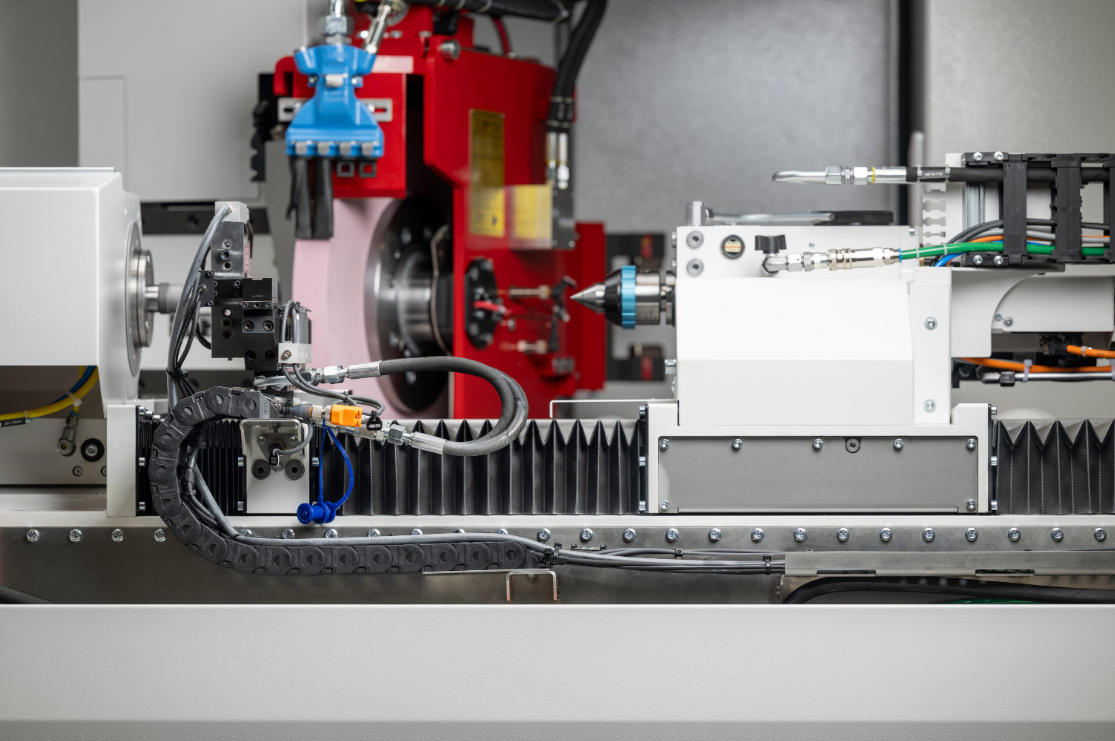


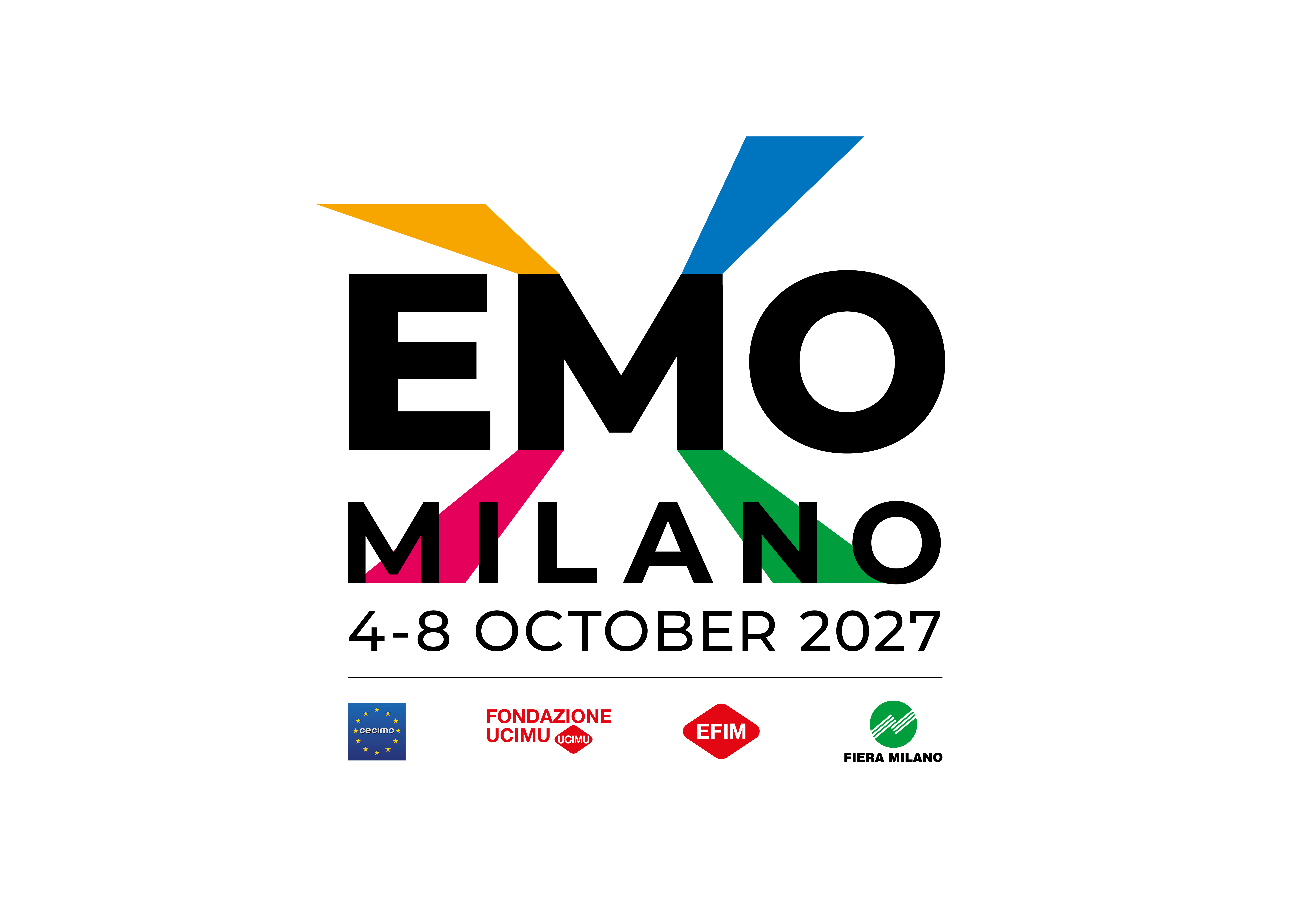




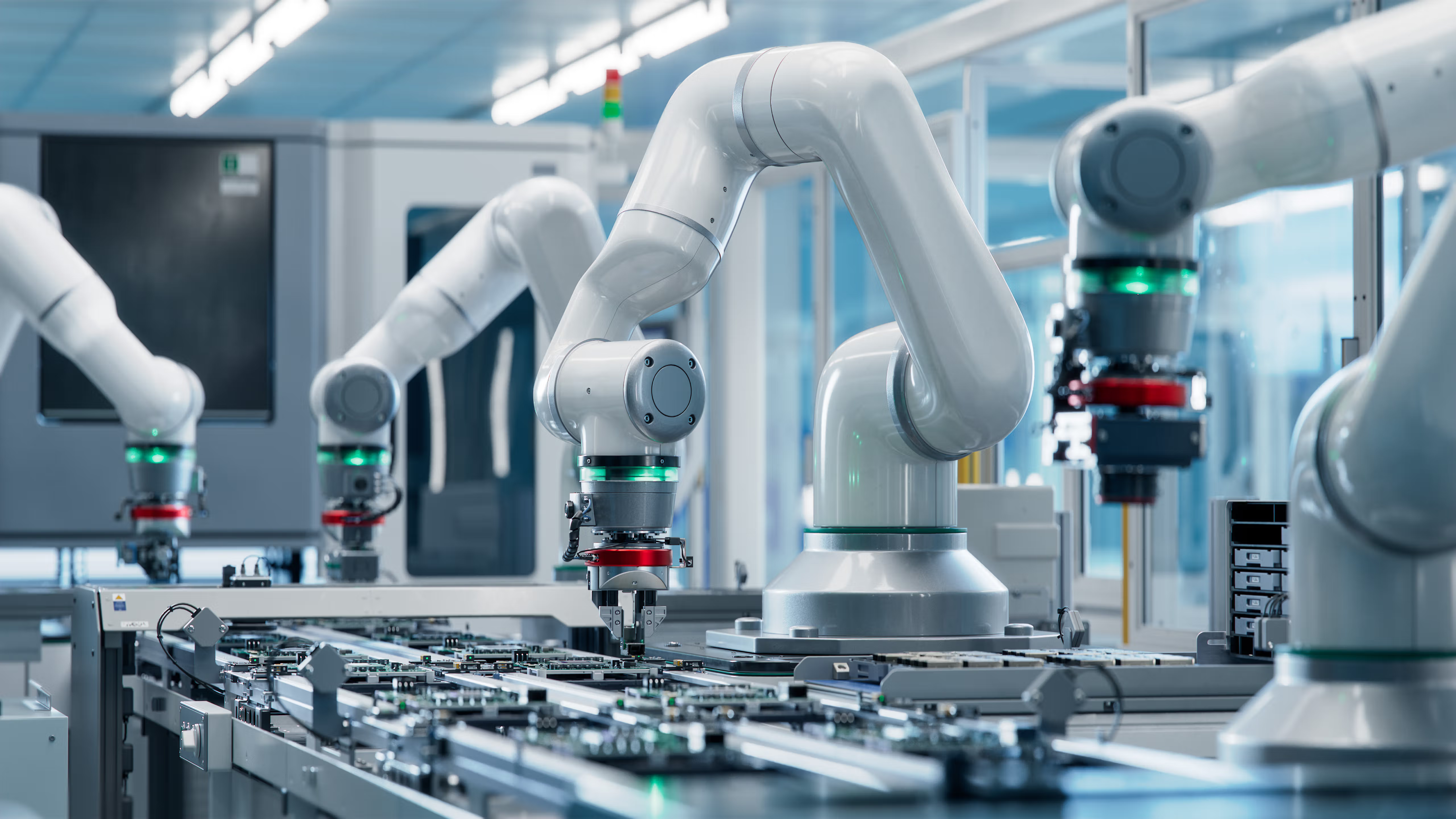

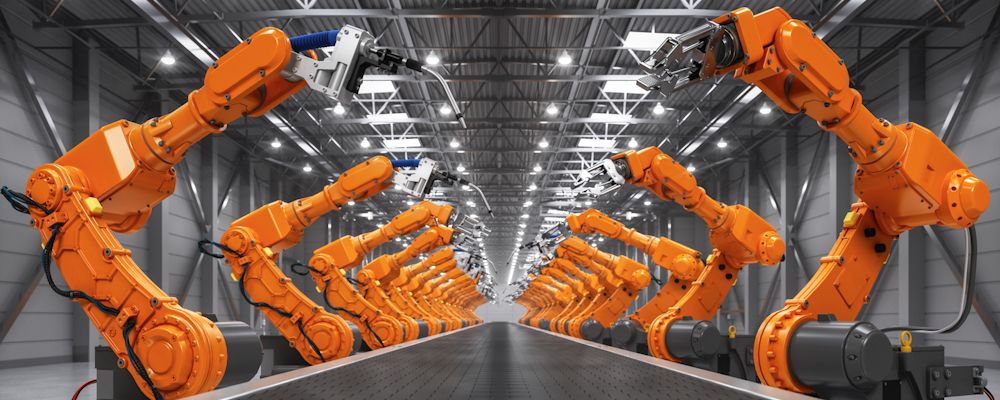
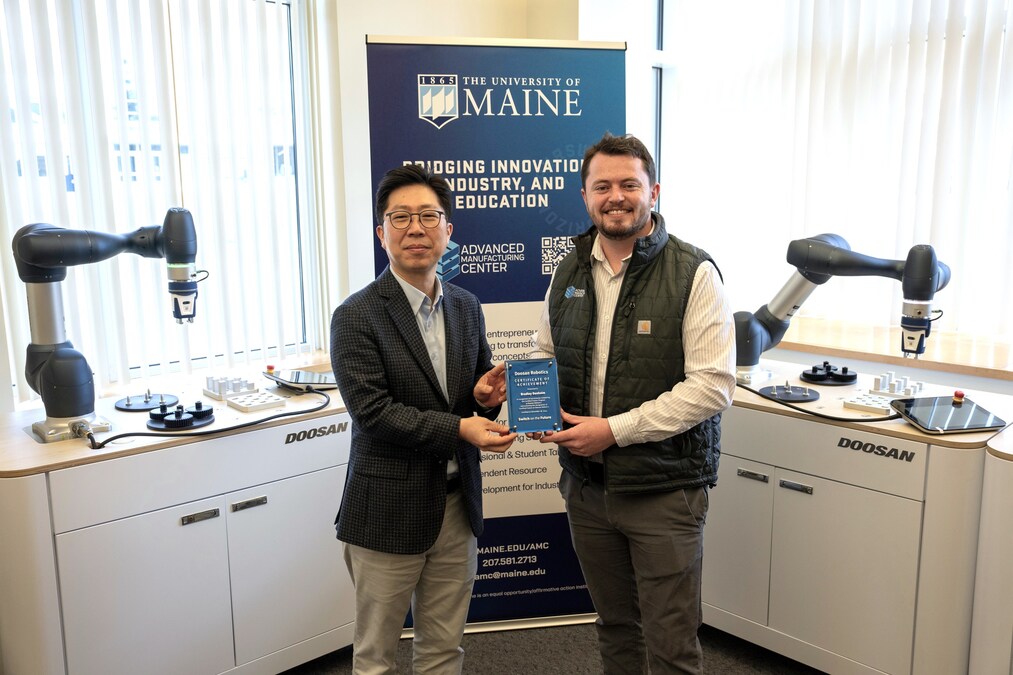
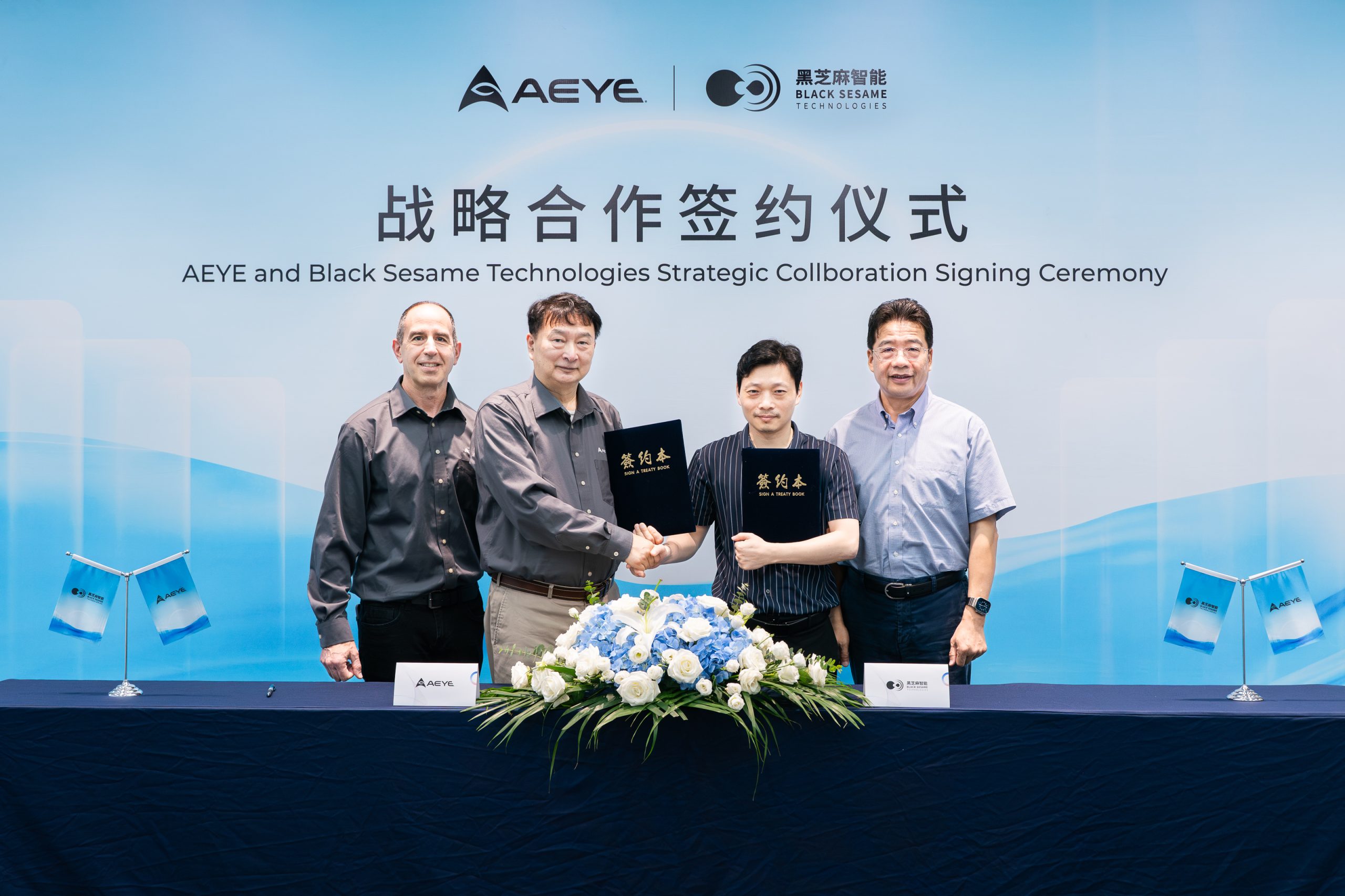
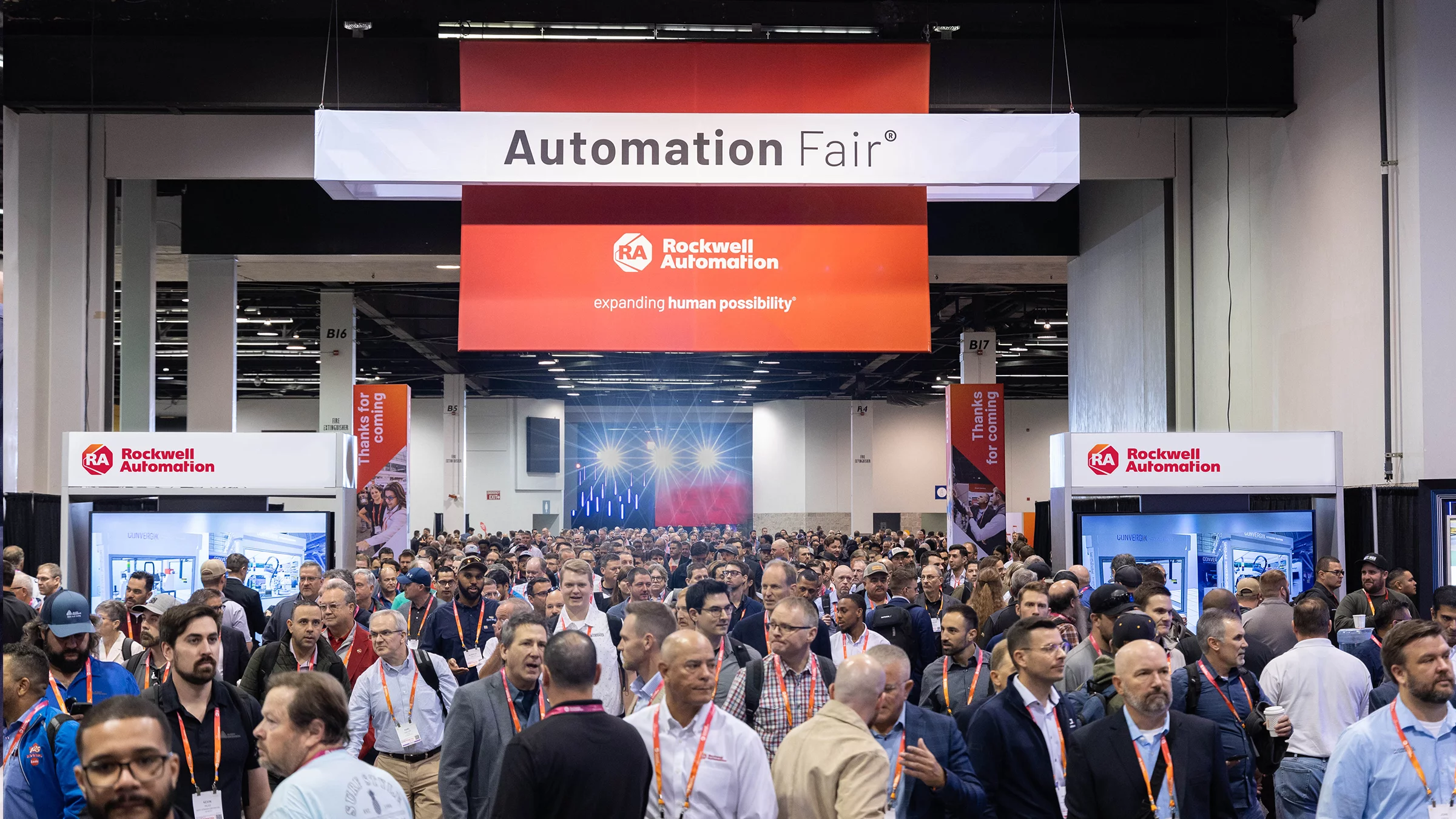

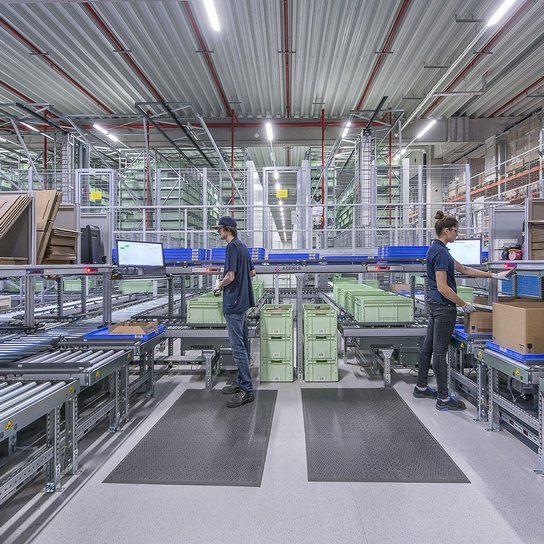



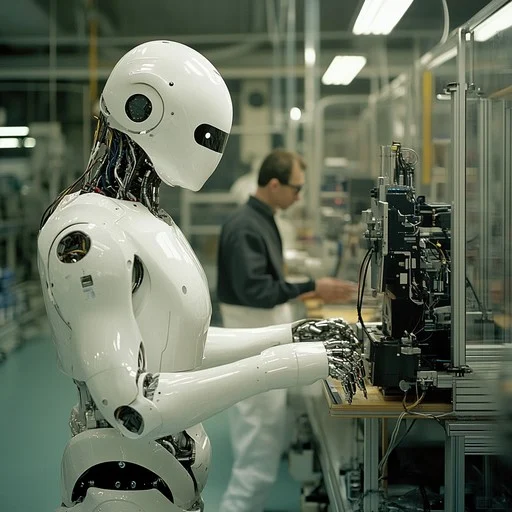
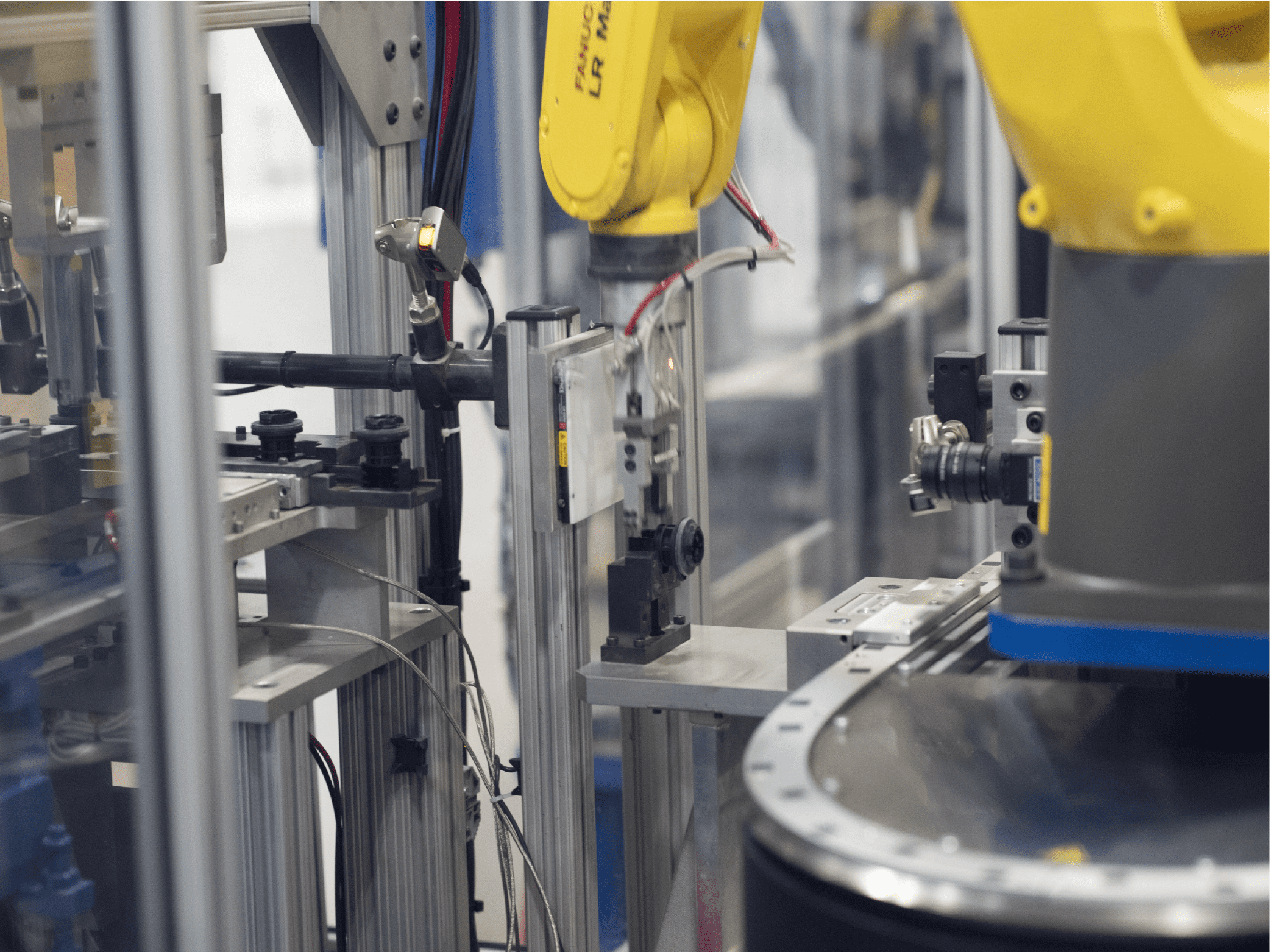
.webp)






























.png)





.png)














